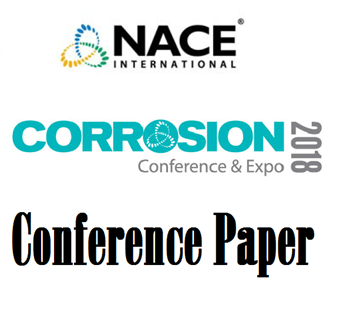Search
Role Of Acetic Acid On The Kinetics And Mechanism Of Carbon Steel Dissolution Under CO2 Top Of Line Corrosion
Also Purchased
Dual Functional Corrosion Inhibitor Design And Testing For Top-Of-Line And Bottom Of Line Corrosion
Product Number:
51322-17787-SG
Publication Date:
2022
$20.00
51318-11117-Top-of-Line Corrosion Inhibiton and Proposal of an Inhibition Mechanism
Product Number:
51318-11117-SG
Publication Date:
2018
$20.00
01033 CONTROL OF TOP OF LINE CORROSION BY CHEMICAL TREATMENT
Product Number:
51300-01033-SG
ISBN:
01033 2001 CP
$20.00




